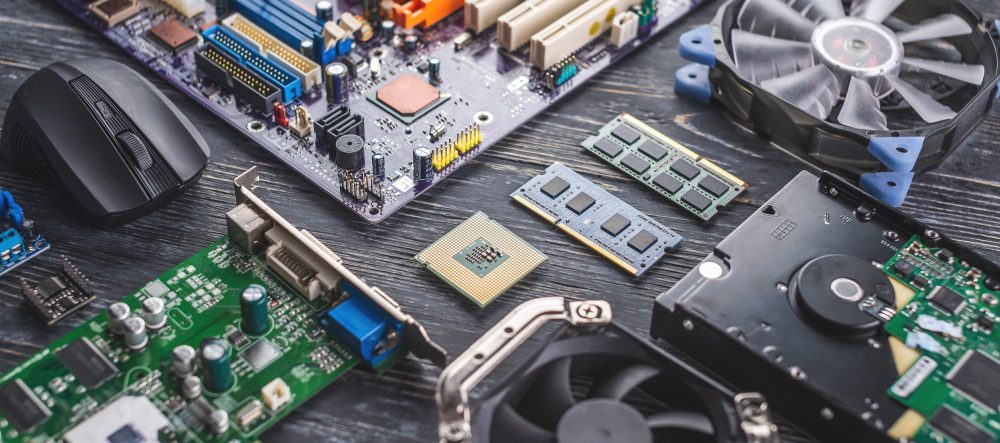Understanding Motherboard BIOS
Motherboards are one of the most crucial components in a computer system. They are responsible for connecting all the internal components and peripherals of the computer. But, have you ever heard of the BIOS? BIOS stands for Basic Input/output System. It is one of the most important parts of a motherboard. In this blog post, we will explore what the BIOS is, its functions, and how it works.
What is BIOS?
The BIOS is a firmware that is embedded in a motherboard. It is responsible for initializing and testing hardware components, configuring the system, and loading the operating system. The BIOS is the first software that runs when a computer is turned on. It is like a bridge between the hardware components and the operating system.
Functions of BIOS
The BIOS has several functions, including:
- Power-on Self-test (POST): The BIOS performs a self-check to ensure that all the hardware components are working correctly.
- System Configuration: The BIOS configures the system according to the hardware components that are installed.
- Boot Loading: The BIOS loads the operating system from the storage device.
- Hardware Control: The BIOS controls the hardware components’ performance, including CPU, memory, and storage devices.
- Security: The BIOS provides security by controlling the boot process and password protection.
- Updates: The BIOS can be updated to support new hardware or fix issues.
How BIOS works?
When the computer is turned on, the BIOS performs a Power-on Self-test (POST) and checks for any hardware issues. If everything is fine, the BIOS loads the bootloader, which is responsible for loading the operating system from the storage device. The BIOS also configures the system according to the hardware components installed, such as the amount of RAM and storage devices.
The BIOS settings can be accessed by pressing a specific key during the boot process. It can vary depending on the motherboard manufacturer, but usually, it is either the F2 or the Del key. Once in the BIOS setting, the user can configure several settings, including boot order, RAM settings, and CPU settings.
How BIOS works step by step?
The BIOS (Basic Input/Output System) is an essential component of a computer. It’s the first software that runs when a computer is powered on, and it’s responsible for initializing and testing system hardware components and loading the operating system.
Here’s a simplified step-by-step process of how BIOS works:
- Power On: When you press the power button, power is supplied to the computer components, and the processor looks for BIOS instructions in the firmware chip on the motherboard.
- Start POST (Power-On Self-Test): The BIOS initiates the POST process. This is a series of diagnostic tests that the BIOS runs to make sure the hardware components are functioning correctly. It checks the CPU, memory, and other key components.
- Check BIOS Settings: After the POST process, the BIOS checks its settings stored in the CMOS memory. These settings include system time and date and the order of devices that the computer will try to boot from.
- Boot Device Selection: According to the boot order set in the BIOS settings, the BIOS will try to find a bootable device. This could be the hard drive, a DVD drive, a USB drive, or a network location.
- Load Boot Loader: Once the BIOS has found a bootable device, it loads the boot loader software into the system memory. The boot loader is a small program responsible for loading the operating system.
- Transfer Control: After the boot loader is loaded into memory, the BIOS transfers control to it. The boot loader will then execute and begin loading the operating system into memory.
- Load Operating System: The boot loader loads the operating system into the computer’s memory. Once the operating system is fully loaded, it takes over control of the system and the BIOS’s role ends.
Remember that the exact steps can vary a little depending on the specific BIOS and the system configuration. Modern systems often use a more advanced version of BIOS called UEFI (Unified Extensible Firmware Interface), which provides more features and supports larger storage devices among other benefits.
Conclusion
In conclusion, the BIOS is an essential firmware that is embedded in a motherboard. It is responsible for initializing and testing hardware components, configuring the system, and loading the operating system. The BIOS also provides security and control over the performance of hardware components. It is essential to understand the BIOS and its functions to troubleshoot issues and configure the system according to your needs.



